-
161 Kinds of Textile Fabrics One
1. 棉织物:Cotton Fabric 2. 平纹织物:Plain Cloth 3. 斜纹织物:Twill Cloth 4. 缎纹织物:Satin and Sateen Cloth 5. 纯纺织物:Pure Yarn Fabric 6. 混纺织物:Blended Fabric 7. 混并织物:Mixture 8. 交织织物:Mixed Fabric 9. 服装用织物:Dress Fabric 10. 装饰用织物:Furnishing Fabric 11. 产业用织物:Tec...Read more -
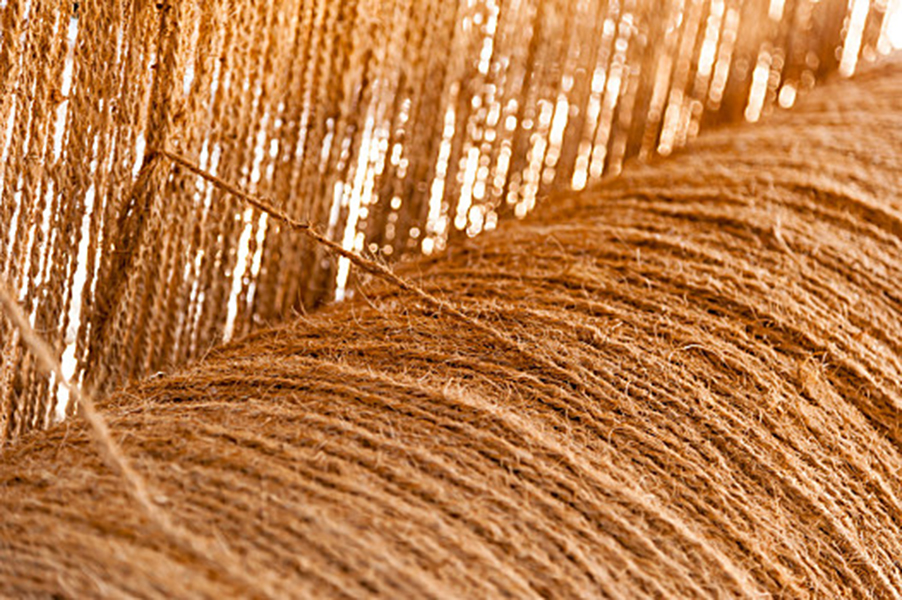
New Type Natural Plant Fibers
1.Bast fiber In the stems of some dicotyledons, such as mulberry, paper mulberry and pteroceltis tatarinowii, etc., bast fibers are developed, which can be used as raw materials of specialty papers. In the stalks of ramie, hemp, flax, jute and China-hemp, etc., there are also especially developed...Read more -

Do You Really Know about Acetate Fabrics?
Acetate fabric is made of acetate fiber. It is artificial fiber, which has brilliant color, bright appearance, soft, smooth and comfortable handle. Its luster and performance is close to silk. Chemical Properties Alkali Resistance Basically, the weak alkaline agent will not damage the acetate fi...Read more -
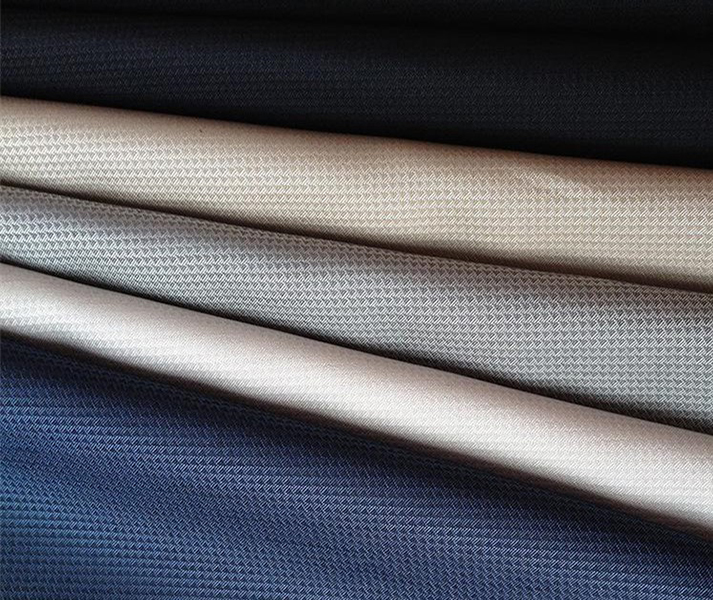
Static Electricity in Fabric
Static electricity is a physical phenomenon. Synthetic fiber is a high molecular polymer. There are fewer polar groups on most of the fiber macromolecular chains. It has poor moisture absorption, higher specific resistance and poor electrical conductivity. Therefore, in the weaving process, due t...Read more -
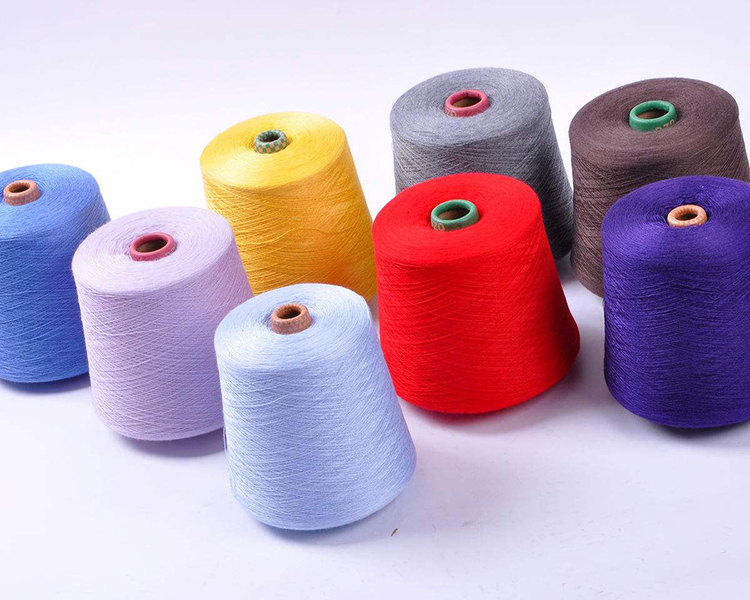
Chinese And English of Commonly Used Yarns
棉纱Cotton Yarns 涤棉纱T/C & CVC Yarns 粘棉纱Cotton/Rayon Yarns 棉晴纱Cotton/Acrylic Yarns 棉/氨纶包芯纱Cotton/Spandex Yarns 毛纺系列纱线Woolen Yarn Series 羊绒纱Cashmere Yarn Series 全羊毛纱Wool(100) Yarns 毛晴纱Wool/Acrylic Yarns 毛涤纱Wool/Polyester Yarns 毛粘纱Wool...Read more -
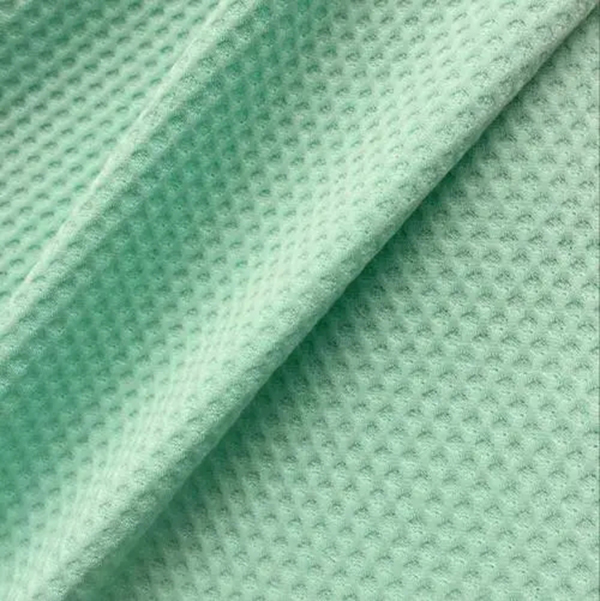
Elastic Fibers
1.Elastodiene Fiber (Rubber Filament) Elastodiene fiber is commonly known as rubber filament. The main chemical component is sulfide polyisoprene. It has good chemical and physical properties, such as high temperature resistance, acid and alkali resistance and wear resistance, etc. It is widely a...Read more -
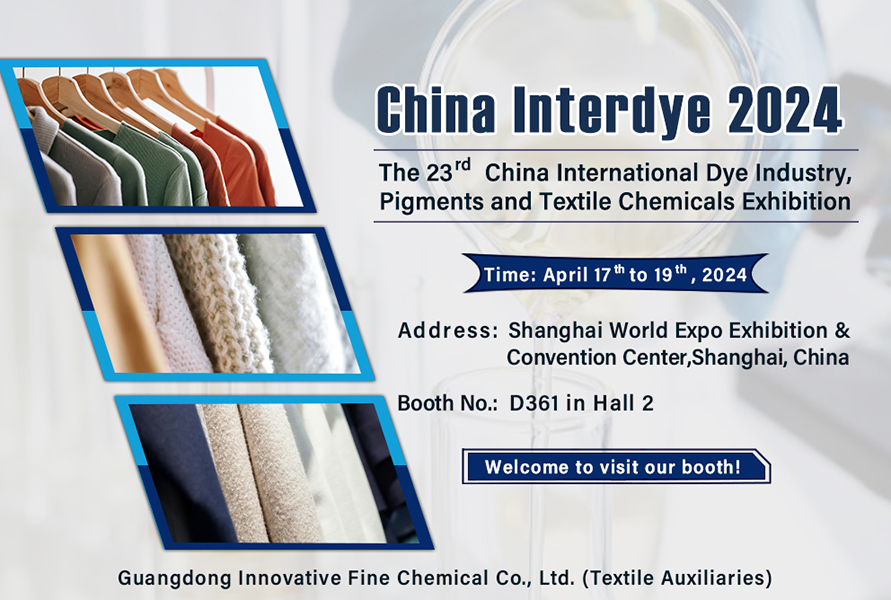
China Interdye 2024
Guangdong Innovative Fine Chemical Co., Ltd. sales and technical teams will attend the 23rd China International Dye Industry, Pigments and Textile Chemicals Exhibition! Address: Shanghai World Expo Exhibition & Convention Center, Shanghai, China Time: April 17th to 19th, 2024 Booth No.: D361 ...Read more -
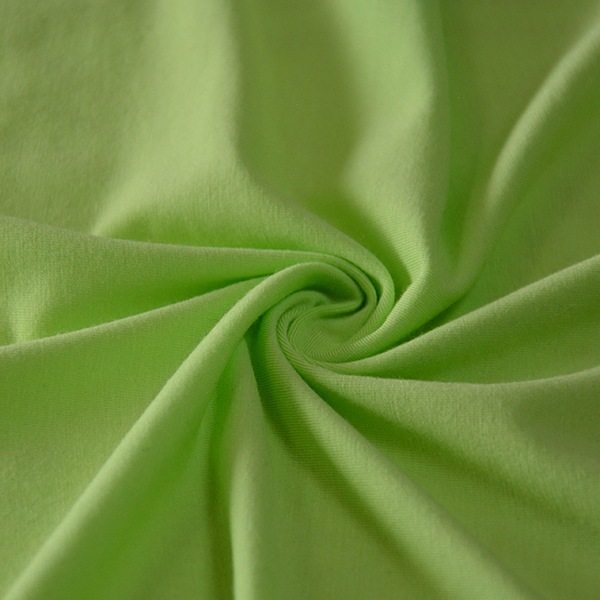
Modal
Modal is suitable for light and thin fabric. Characteristics of Modal 1.Modal has high strength and uniform fiber. Its wet strength is about 50% of dry strength, which is better than viscose fiber. Modal has good spinning property and weaving capability. Modal has higher wet modulus. The shrink...Read more -

The Practical Technology of Textiles Two
Mildew-proof It is to add chemical anti-mould agent on fabrics of cellulose fibers to kill or inhibit microorganisms. Generally the relatively safe salicylic acid will be chosen as the anti-mould agent. Also the washable copper naphthenate anti-mould agent is applied in padding process. Moth Pr...Read more -
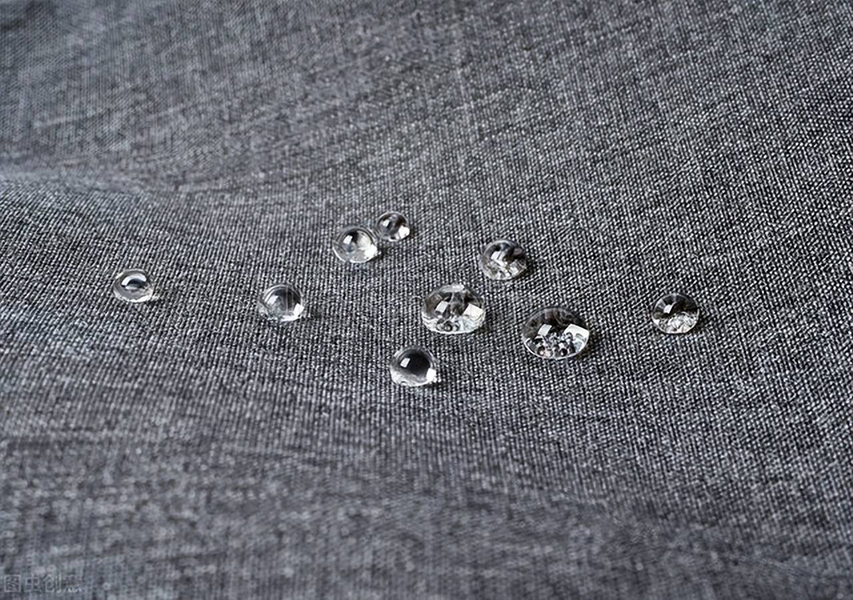
The Practical Technology of Textiles One
Water-repellent It is to use water-proofing finishing agent to process fabrics, which is to reduce the surface tension of fiber, so that water drops cannot wet the surface. Application: raincoat and travel bag, etc. Effect: Easy to handle. Cheap price. Good durability. Processed fabrics can keep ...Read more -
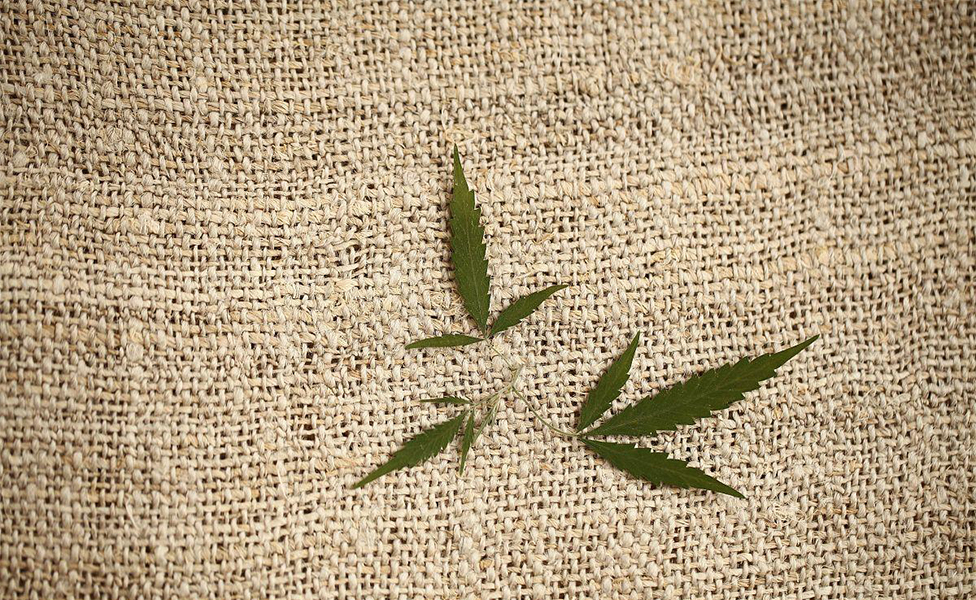
What Is Apocynum Venetum?
What Is Apocynum Venetum? Apocynum venetum bark is a good fibrous material, which is an ideal new type of natural textile material. The clothes made of apocynum venetum fiber have good breathability, strong moisture absorption, softness and antibacterial effect, and are warm in winter and cool in...Read more -
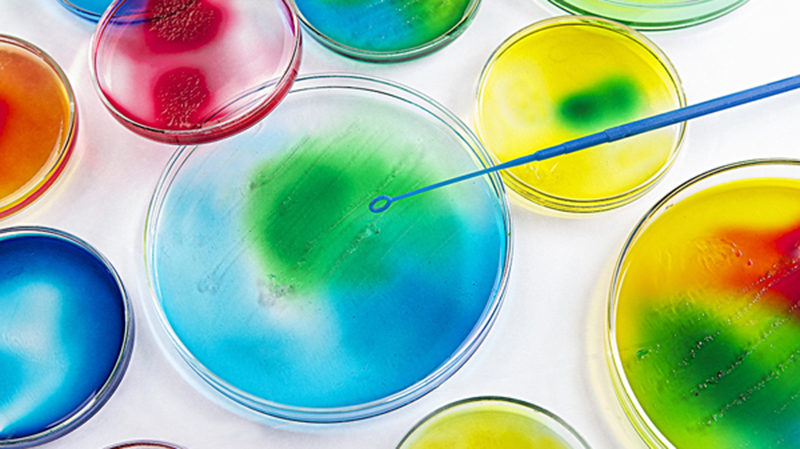
What Is Microbial Dyeing?
Natural pigments have the characteristics of safety, non-toxicity, non-carcinogenicity and biodegradation. Microorganisms are widely distributed and have a great variety. Therefore, microbial dyeing has broad application prospect in textile industry. 1.Microbial pigment Microbial pigment is a s...Read more












